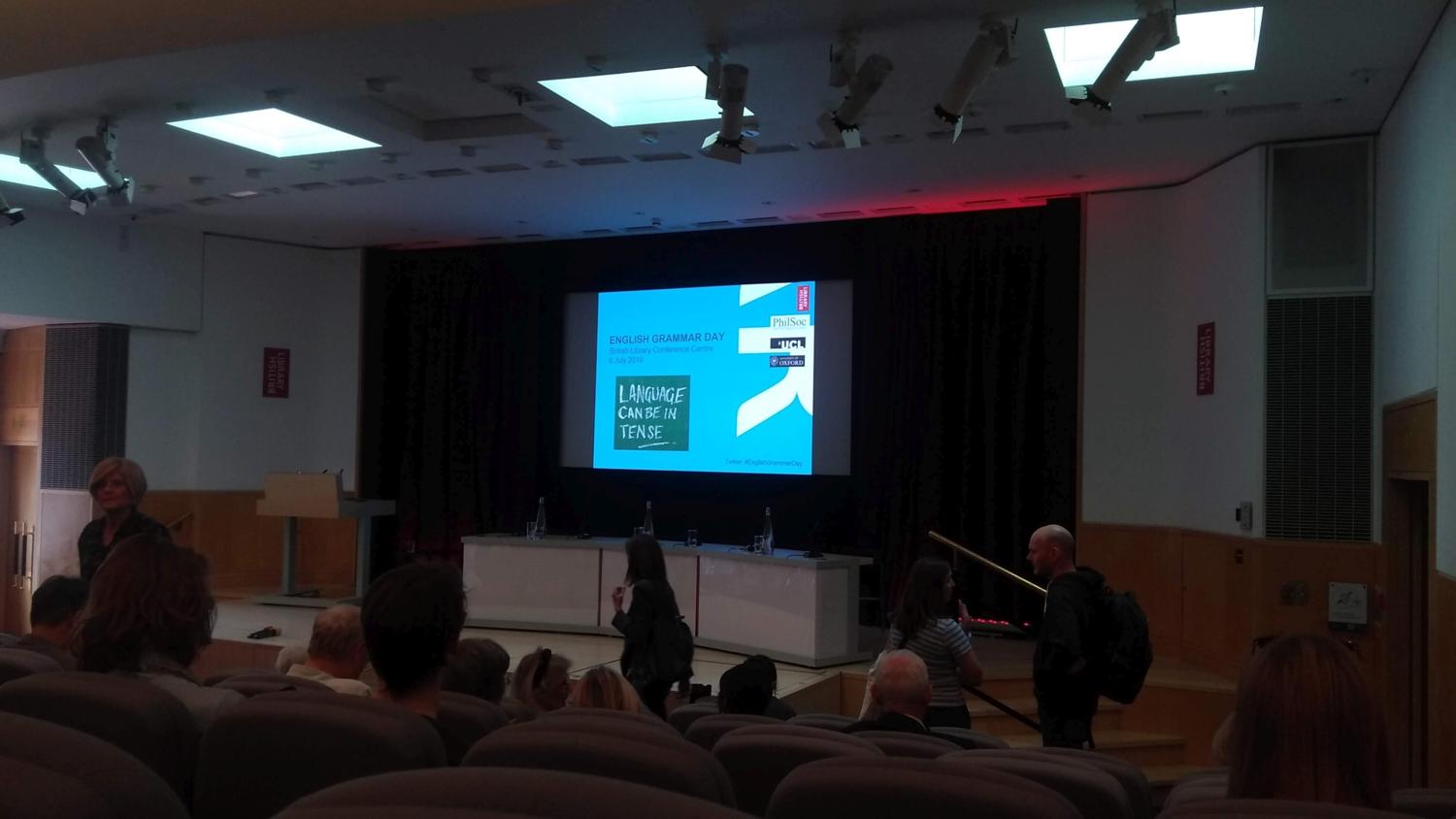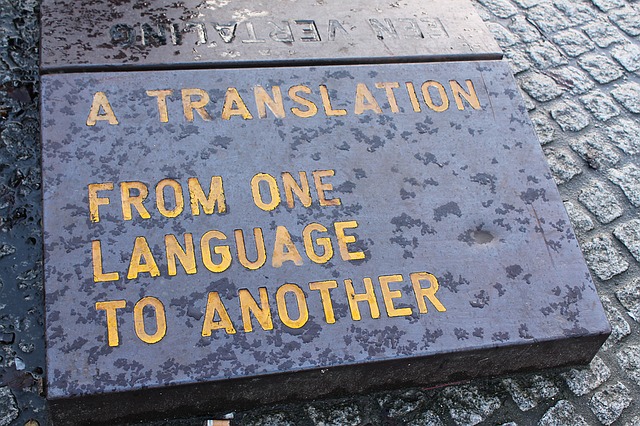Have you ever tried to study but found it hard to stay focused? Am I alone in formulating a great plan, then abandoning my learning when the initial enthusiasm has waned? Continuing professional development is important but staying motivated can be hard.
 Building on the study of language has always been particularly important for me as a translator and proofreader. Being able to write well and to correct errors was not enough though – I wanted to be able to properly name the troublesome parts of the texts I was working on. A dangling modifier? An attributive adjective? A predicative phrase? I needed to study the function and structure of English grammar, so I considered my options.
Building on the study of language has always been particularly important for me as a translator and proofreader. Being able to write well and to correct errors was not enough though – I wanted to be able to properly name the troublesome parts of the texts I was working on. A dangling modifier? An attributive adjective? A predicative phrase? I needed to study the function and structure of English grammar, so I considered my options.
Take a course
I considered taking an in-house course. Having a fixed date and a valid reason to take some time off work is an advantage. But the need to travel and pay for accommodation makes this an expensive choice.
Another option was an online course – an efficient way to learn, especially for those who live far from big cities. Distance learning usually means there are start and end dates, deadlines and a certificate to show you have put in the work. The CIEP offers a Brush Up Your Grammar course, for example.
But I had to take cost into account. Unfortunately, I’d already dipped into my CPD budget, having recently attended a one-day workshop and completed an online course. How about self-study, then?
Buy a book
Buying a book and working through it slowly but surely was the next obvious thing to do. But, before I could even choose a book to buy, I knew my main problem would be staying motivated. How could I be sure I would stick with my learning plan?
Find a buddy (or several)
I made the fortunate discovery, through the CIEP forums, that other editors and proofreaders had the same idea as me. Together we selected a book – Grammar: A student’s guide by James R Hurford. Then, Slack was suggested as a communication tool for collaborative study. It was free, easy to join and very intuitive to use. It would become our virtual classroom.
Set some SMART goals
- Specific – we chose a textbook that had exercises at the end of every section and answers to check at the end of the book.
- Measurable – we studied the agreed section during the week, completed the exercises, checked the answers and discussed any difficulties or revelations once a week.
- Attainable – the chosen textbook started with the basics but provided fuel for further discussion.
- Relevant – as professionals working with language, building on our knowledge of English grammar was useful and important.
- Time-bound – we would work through the book, literally from A to Z, on a weekly basis over a few months.
How did it work out?
As motivation was my key concern prior to starting, I was pleased that I was always able to find the time to join the weekly meetings. If I had been working on my own, I might have been less diligent. The whole exercise gave me a solid foundation in grammar and the desire to continue building on this in the future.
An unexpected outcome
This was a great way to get to know colleagues better. The group was small enough so that we could chat comfortably, but large enough to keep moving forward if one person couldn’t attend. There were so many advantages to working together like this – the most unexpected one was that the learning experience was so enjoyable.
Working alone but together
I found that this kind of learning suits me. I could work at my own pace during the week but use the regular meetings to keep on track. It was nice to know that I was not alone when I found something particularly hard to understand. And Slack was ideal for our purposes, giving us a dedicated space to work together.
What’s next?
For me, a combination of taught courses and self-study is perfect. But self-study is easier if you can find people with similar goals, whether in your personal life or through your professional networks. Then all you need is a book and a plan. Would I do this again? Absolutely! Anyone interested in joining me?
 Hilary McGrath is a freelance proofreader and translator (French–English) living in the southwest of France. Find her on Twitter @hilary_mcgrath.
Hilary McGrath is a freelance proofreader and translator (French–English) living in the southwest of France. Find her on Twitter @hilary_mcgrath.
Photo credit: opened book by Aaron Burden on Unsplash
Proofread by Victoria Hunt, Intermediate Member.
Posted by Abi Saffrey, CIEP blog coordinator.
The views expressed here do not necessarily reflect those of the CIEP.








